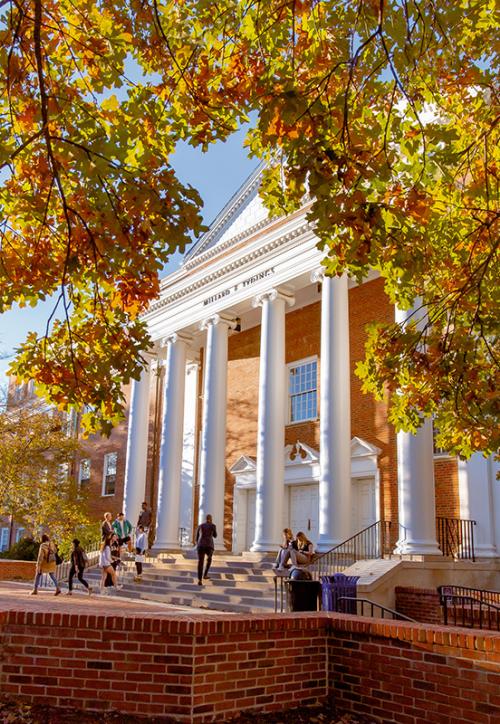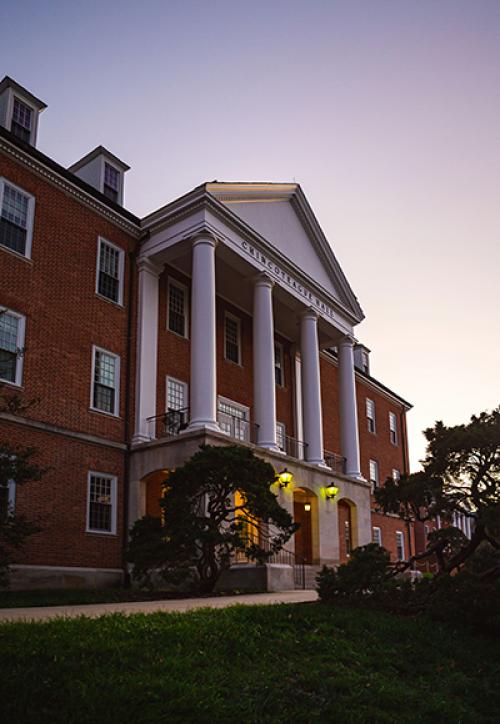New Study Reveals What May Really Drive ‘White Flight’
A new study by Linda Zou, as assistant professor in the Department of Psychology, and Sapna Cheryan, a psychology professor at the University of Washington, may have uncovered one reason why white Americans often move out of neighborhoods where the population of people of color is increasing: they perceive this population growth to be a threat to their American culture.
In “Diversifying neighborhoods and schools engender perceptions of foreign cultural threat among White Americans,” published in the Journal of Experimental Psychology: General, Zou and Cheryan looked at General Social Survey (GSS) data from 2000—the most recent survey of over 2,000 white Americans to assess both living preferences and perceptions of foreign cultural threat.
Perceptions of foreign cultural threat involve concerns that a group’s “foreign” culture will replace or erode the dominant American cultural identity. Through their research, Zou and Cheryan found that perceiving greater foreign cultural threat was associated with greater opposition to living in neighborhoods with significant Black, Latino, and Asian populations.
In five additional experiments conducted between 2016-2018, Zou and Cheryan also found that, compared to when white Americans were told that their hypothetical majority-white neighborhood would stay the same over the next ten years, when white Americans were told that their neighborhood would increase in Black, Latino, and Asian populations, white Americans perceived more threat and were more likely to want to move.
Zou says there are two main takeaways that can be derived from the study participants’ responses to hypothetical scenarios.
“One is that while white Americans might perceive the population growth of people of color in general to pose a threat, different groups are perceived to pose distinct threat profiles,” said Zou, calling attention to the other kinds of perceived threats the researchers examined. “Part two is that these perceived threats may then predict white Americans' desires to avoid or move away from the increasing presence of these groups in their residential areas.”
For example, Zou and Cheryan found that white Americans perceived a greater threat to their American culture and traditions from both Latino and Asian Americans moving in than from Black Americans moving in. However, white Americans perceived a greater threat to their property and physical safety from Black and Latino Americans moving in than from Asian Americans moving in.
“There is this perception that because racial diversity is increasing in the U.S., we must be getting more racially integrated. That’s just not entirely true,” said Zou. “These data show that there is still some unwillingness among white Americans to live in communities with people of color, and it also points to specific reasons that might underlie that ambivalence or hesitation to do so.”
COVID-19 might have further exacerbated that hesitancy.
“These studies predate COVID, but I think what COVID has done is heighten perceptions of threat, specifically perceptions of threat from Asian Americans,” said Zou. “If we had conducted a similar study during the pandemic, white Americans might have perceived an even more elevated threat from Asian Americans; it could be a perception of threat that this group is comprised of foreign outsiders, or a perception of threat related to health and well-being, and those kinds of heightened perceptions of threat could relate to an increased desire to avoid this particular group.”
Only time, and perhaps shifting social norms, will tell.
“There has been some recent work that has found that people’s perception of their local social norms can affect their intergroup attitudes; when people perceive that others around them are welcoming of immigrants, that can improve individuals’ own positive attitudes toward immigrants and immigration,” said Zou. “Social norms are pretty powerful, and I think if we set positive social norms, that could trickle down to the individual level.”
Photo by bauhaus1000 courtesy of iStock Photo.
Published on Fri, Nov 19, 2021 - 9:33AM



